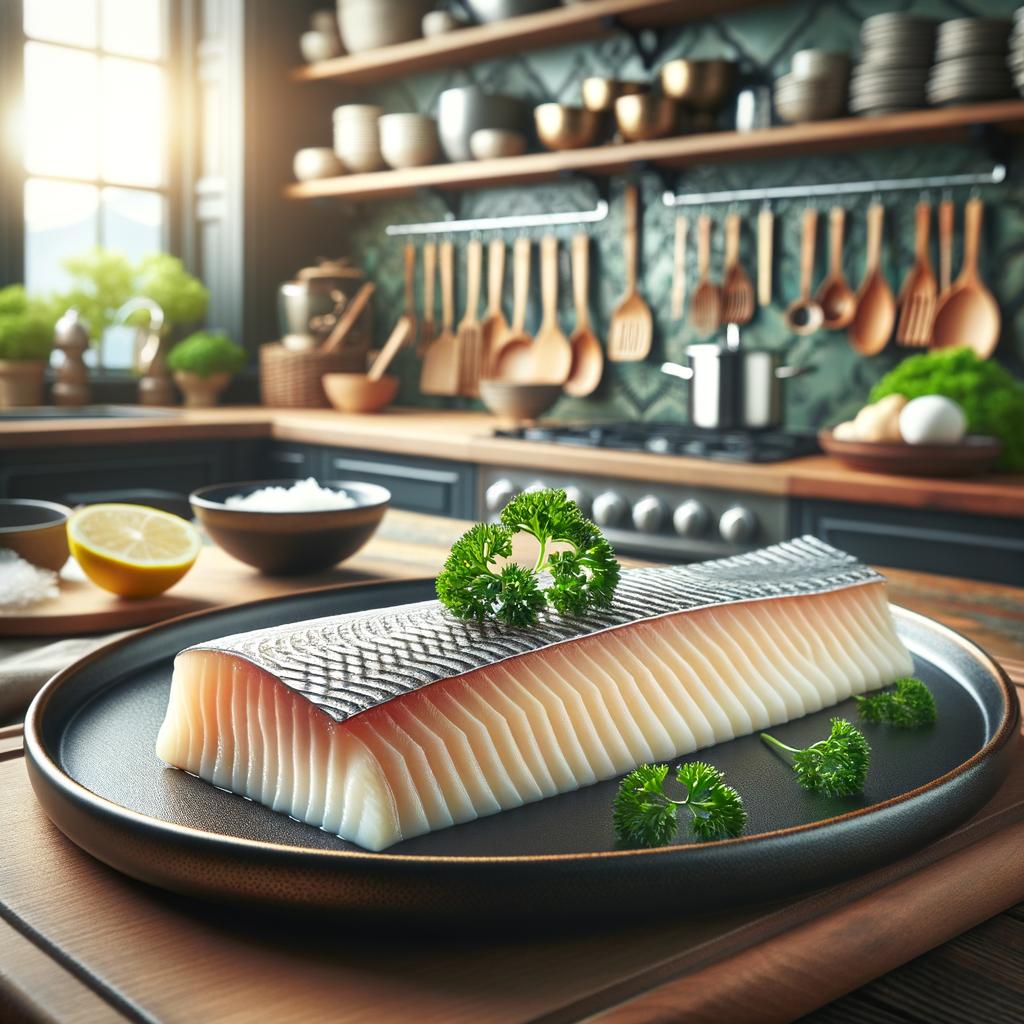Lutefisk

Lutefisk
Description
Lutefisk, a traditional dish of the Nordic countries, is a culinary experience that has been described as both intriguing and challenging. It begins life as a simple white fish, often cod, which undergoes a unique transformation through a process of soaking in water and lye. The result is a gelatinous, somewhat translucent fillet that is unlike any other seafood in appearance and texture. Its flavor profile is mild and somewhat elusive, with a faint hint of the sea that is often overshadowed by the strong, pungent aroma that accompanies it. This distinct characteristic sets lutefisk apart from other seafood preparations, making it a delicacy that is both revered and feared.
Primary Uses
In the culinary realm, lutefisk is typically baked or boiled and served with an array of accompaniments like butter, white sauce, and peas. It is a key component in traditional Christmas feasts in Norway and Sweden, and has found a place in the hearts of Nordic diaspora in the United States, particularly in the Midwest. Beyond its culinary uses, lutefisk holds a deep cultural significance, symbolizing the resilience and tenacity of the Nordic people who had to preserve their food in harsh winters.
History
The history of lutefisk is steeped in mystery and folklore. It is said to date back over a thousand years to the Viking era, when fish was a vital part of the Nordic diet. The unique preservation method was born out of necessity, as the harsh Scandinavian winters made fresh food a luxury. Over the centuries, lutefisk has evolved from a survival food to a cherished tradition, its consumption now a symbol of heritage and identity. One popular legend tells of St. Patrick banishing all the snakes from Ireland, only to have them transform into the slippery, elusive lutefisk.
Nutritional Information
Despite its unusual preparation, lutefisk is a nutritious dish, rich in protein and low in fat. It also contains beneficial omega-3 fatty acids, although the lye treatment may reduce their levels. It is a good source of vitamins like B12 and D, and minerals such as selenium and iodine. However, lutefisk is high in sodium due to the lye soaking process, which could pose a risk for those with high blood pressure. Compared to fresh cod, lutefisk has a similar protein content but significantly higher sodium levels. As with all foods, moderation is key when enjoying this unique and historic dish.

